
When it comes to breakfast spreads or accompaniments for various desserts, fruit - based options are always a popular choice. But have you ever wondered about the differences between jam, jelly, and preserves? In this article, we'll delve into the details, with insights from experts in the jam - making industry and the FDA regulations that govern these sweet treats.
Let's start with jam. Jam is made by cooking crushed or chopped fruits with sugar and pectin. The fruit pieces in jam are more prominent compared to jelly. The process of making jam involves breaking down the fruit to a certain extent while still retaining some of its texture. For example, a strawberry jam will have recognizable bits of strawberry throughout. Jam has a thick, spreadable consistency that makes it perfect for slathering on toast or using as a filling in pastries. According to the FDA, jam must contain at least 45 parts of fruit to 55 parts of sugar. This ratio ensures that the jam has the right balance of sweetness and fruit flavor.
Jelly, on the other hand, is a clear, gelatinous spread. It is made from fruit juice, sugar, and pectin. The key difference is that jelly does not have any solid fruit pieces. The juice is strained to remove all the pulp and seeds before the cooking process. This results in a smooth, transparent spread. Grape jelly is a classic example, known for its bright color and uniform texture. The FDA requires that jelly has a specific gel strength and a minimum sugar content. This gives jelly its characteristic firmness and sweet taste. Jelly is often used in sandwiches, especially the famous peanut butter and jelly combination, where its smoothness complements the chunky peanut butter.
Preserves are another type of fruit spread. Preserves contain whole or large pieces of fruit suspended in a thick syrup. Unlike jam, where the fruit is crushed, preserves keep the fruit in a more intact form. For instance, a peach preserve might have large slices of peach floating in a sweet syrup. The FDA regulations for preserves focus on the amount of fruit present. Preserves typically have a higher fruit - to - sugar ratio compared to jam, often containing at least 50% fruit. This makes them a great option for those who want a more substantial fruit experience in their spread. Preserves can be used in similar ways to jam, but their larger fruit pieces can add an extra burst of flavor and texture to dishes.
Now that we've understood the differences between these fruit spreads, let's talk about storage. Jam, jelly, and preserves all need to be stored properly to maintain their quality and safety. Once opened, they should be refrigerated. The cold temperature slows down the growth of bacteria and mold. Unopened jars can usually be stored at room temperature in a cool, dry place. However, it's important to check the expiration date on the label. If you make your own fruit spreads at home, proper canning techniques are crucial. This involves heating the jars to a high temperature to kill any microorganisms and creating an air - tight seal. This way, your homemade spreads can last for a long time without spoiling.
In conclusion, whether you're a fan of the chunky goodness of jam, the smoothness of jelly, or the large fruit pieces in preserves, each fruit spread has its own unique characteristics. Understanding the differences between them, along with the FDA regulations and proper storage methods, can enhance your enjoyment of these sweet creations. So, the next time you reach for a fruit spread, you'll know exactly what you're getting and how to make the most of it.
When choosing a fruit spread, consider the dish you're making. If you're making a delicate pastry, jelly might be the best choice as it won't overpower the other flavors. For a hearty breakfast toast, jam or preserves can add a more substantial fruit punch. And don't forget to experiment with different fruits. You might discover a new favorite combination, like a raspberry - lemon jam or a cherry - almond preserve. With so many possibilities, the world of fruit spreads is truly a delicious one to explore.
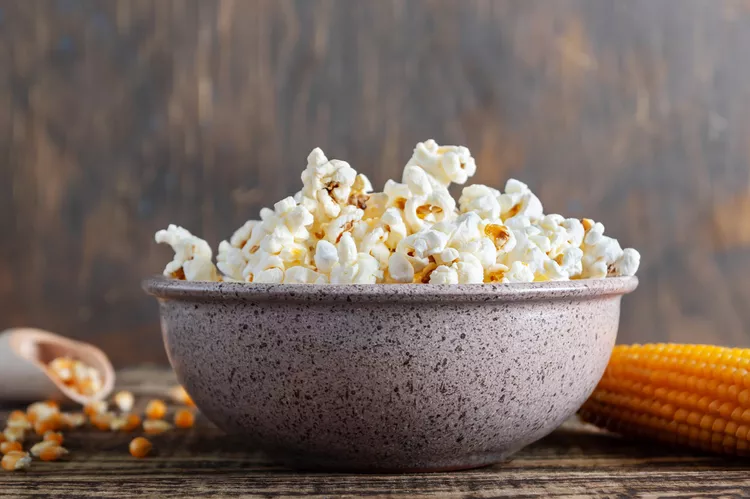
How to Make Popcorn on the Stove Perfectly Every Time
When you know how to make popcorn on the stove simply from popcorn kernels and oil, you’ll always choose stovetop popcorn over bagged microwave popcorn.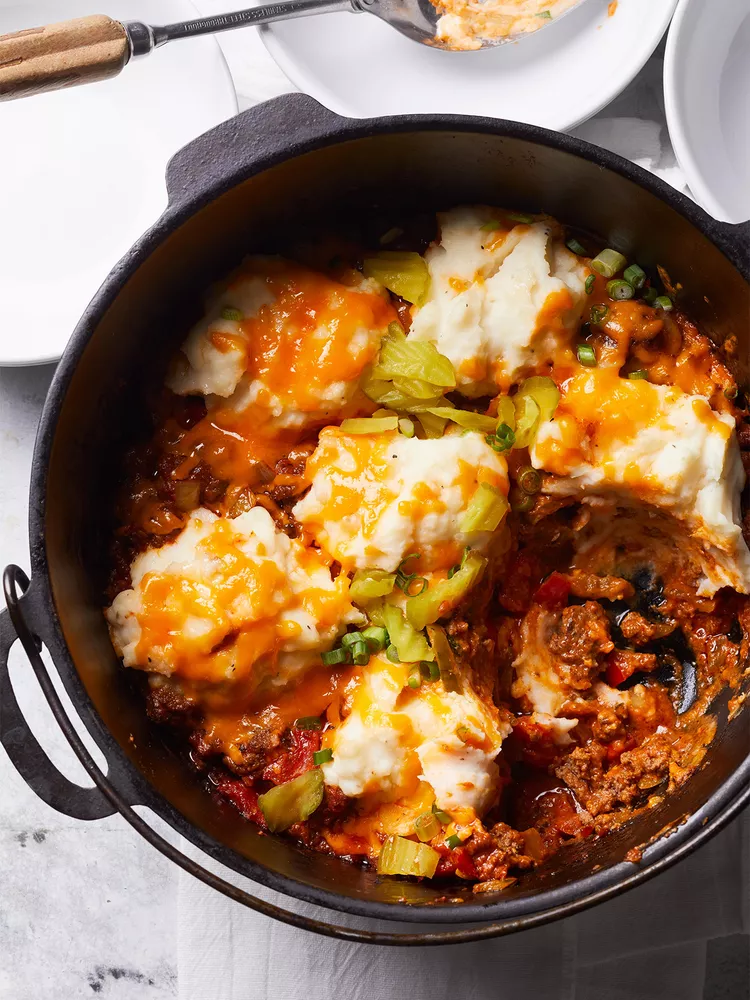
23 One-Pot Meal Ideas for Quality Dinners with Less Cleanup
Sometimes you just need a nourishing and delicious meal without having to use multiple pots, pans and dishes. This roundup has some classic dutch oven recipes that benefit from a nice simmer on the stovetop and/or oven (think pot roast and short ribs). But you'll also find quick and easy one-pot recipes such as pasta, soups and even pot pies. So grab your dutch oven or stockpot and let's get cooking!
A Symphony of Flavors: The Strawberry Salad Extravaganza
A Symphony of Flavors: The Strawberry Salad Extravaganza
The Secret of Hassle - Free Side Dishes
The Secret of Hassle - Free Side Dishes
The Magic of Meat - Free Dinners
The Magic of Meat - Free Dinners
A Modern Twist on an Old - School Vegetarian Delight
A Modern Twist on an Old - School Vegetarian Delight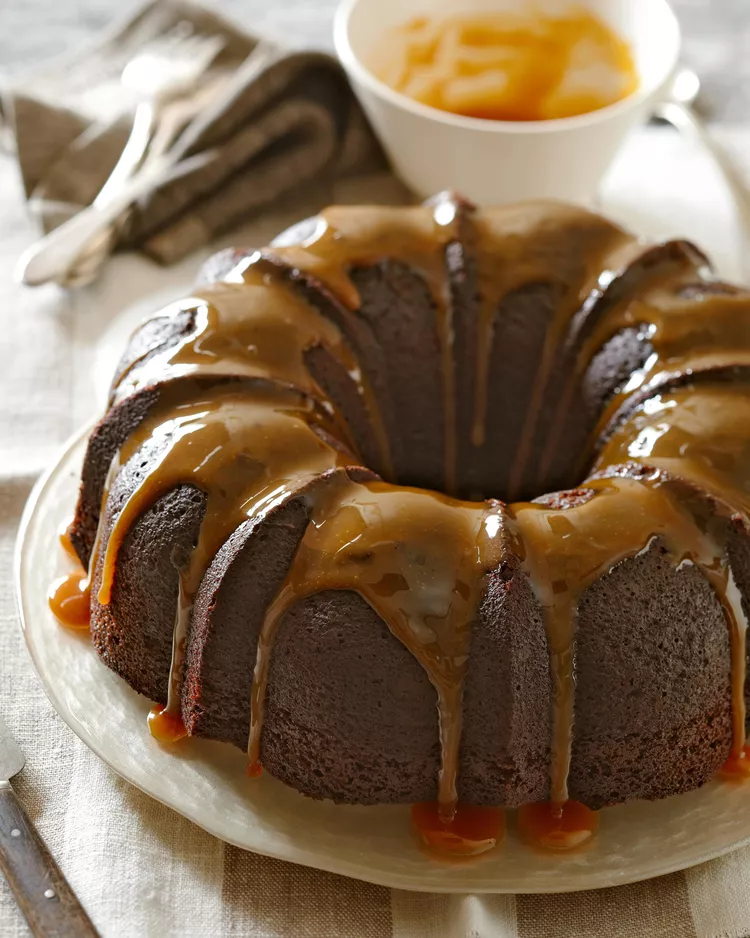
Bourbon-Chocolate Tipsy Cake
What makes this chocolate cake recipe tipsy? Plenty of bourbon in the batter, plus we call for brushing on a bit more after the cake cools. To finish the bourbon-chocolate cake, drizzle with a spiked caramel sauce.
A Luscious Red Velvet Delight for Special Occasions
A Luscious Red Velvet Delight for Special Occasions
Adding Cachaça to Your Liquor Lineup Is the Easiest Way to Upgrade Your Home Bar
Cachaça—the main ingredient in the Caipirinha cocktail—has the potential to take your bar cart to professional status.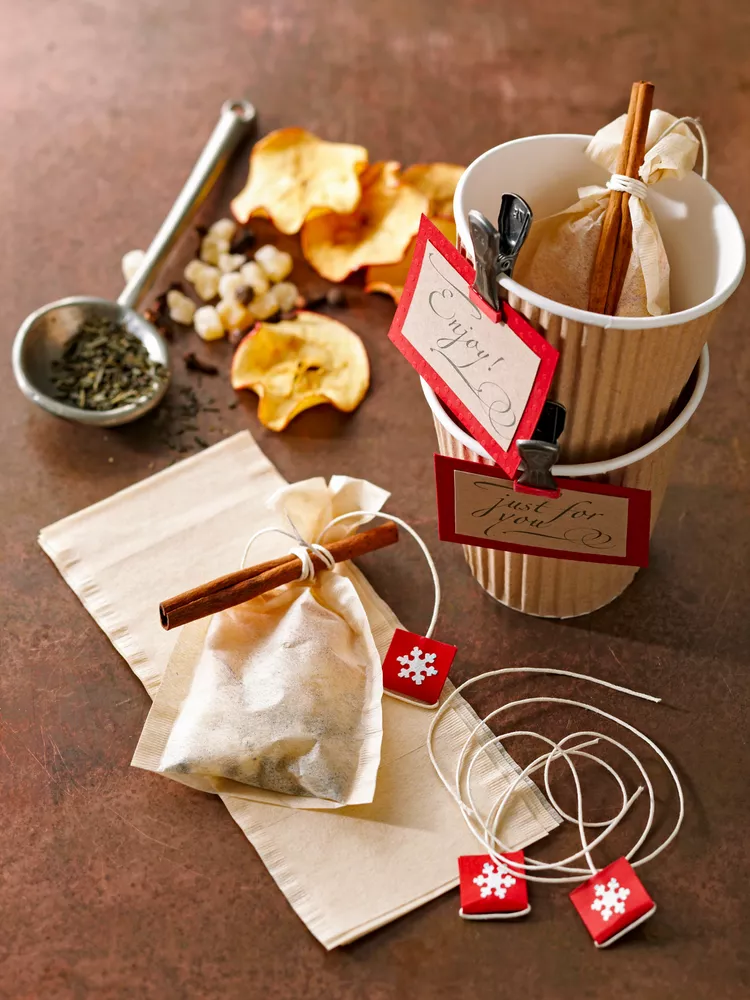
Spiced Apple Tea Mix
Spiced Apple Tea Mix
A Juneteenth Feast from Philadelphia's Honeysuckle Provisions
A Juneteenth Feast from Philadelphia's Honeysuckle Provisions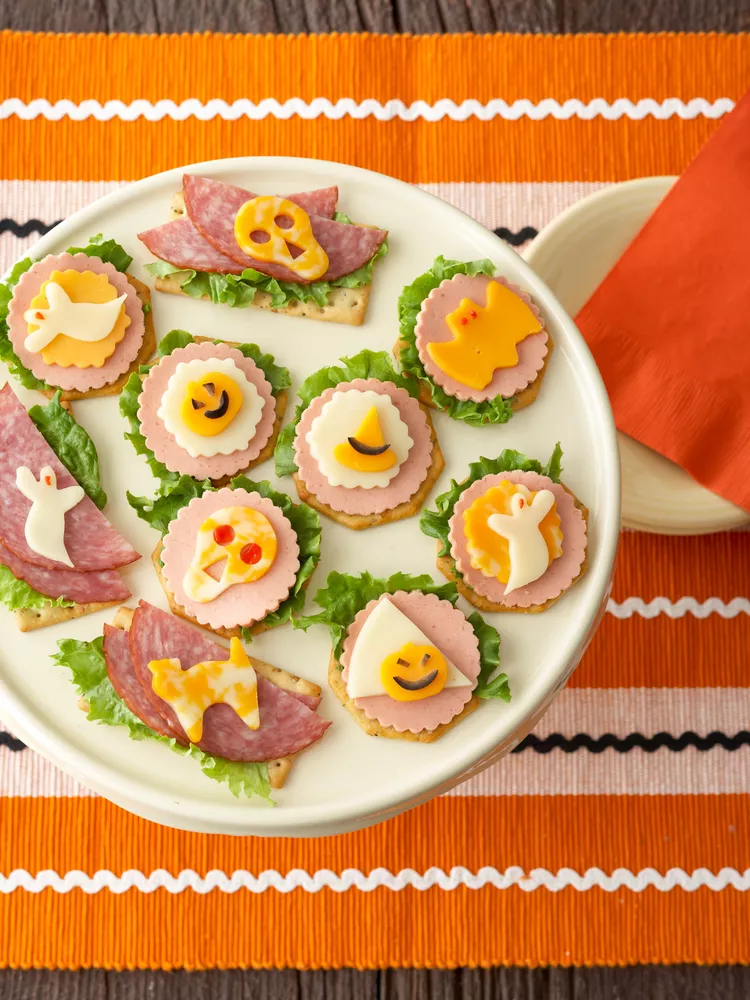
12 Halloween Appetizers That Will Be a Hit at Any Party
Your Halloween appetizers should be as creative as your costume.
Delicious Low - Calorie Veggie Side Dishes for Potlucks
Delicious Low - Calorie Veggie Side Dishes for Potlucks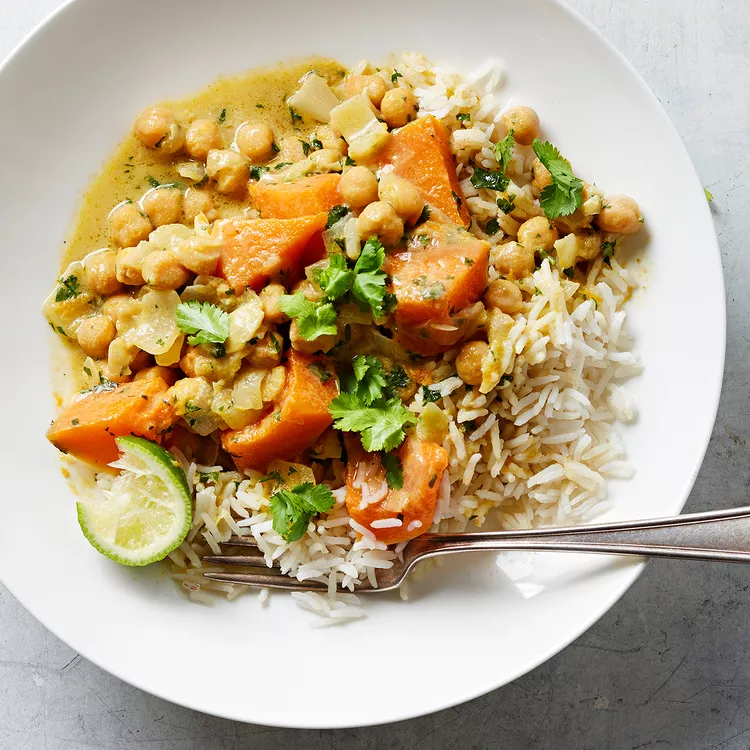
Butternut Squash and Chickpea Curry
Green curry paste is a blend of lemongrass, green chiles, and Thai ginger. It gives the dish just enough heat.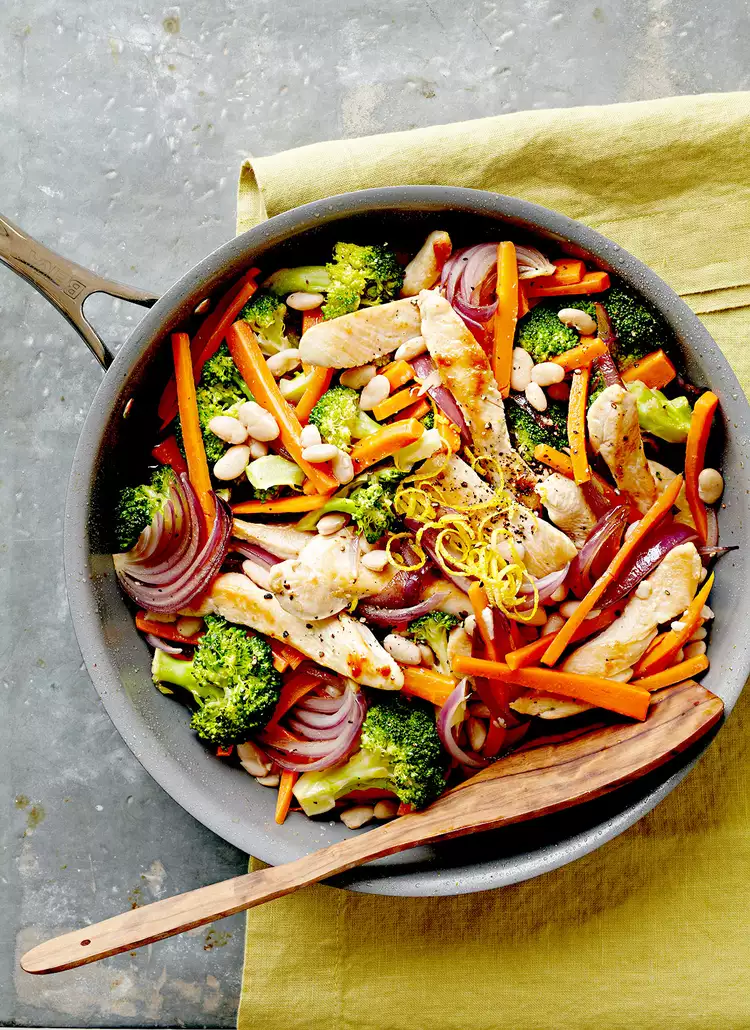
27 One-Pot Chicken Meals You Can Make for Dinner Tonight
Take the hassle out of dinner tonight with these quick and easy one-dish chicken recipes. Expect classic flavors such as chicken Alfredo and pot pie, but also soon-to-be new favorite different meals to cook with chicken.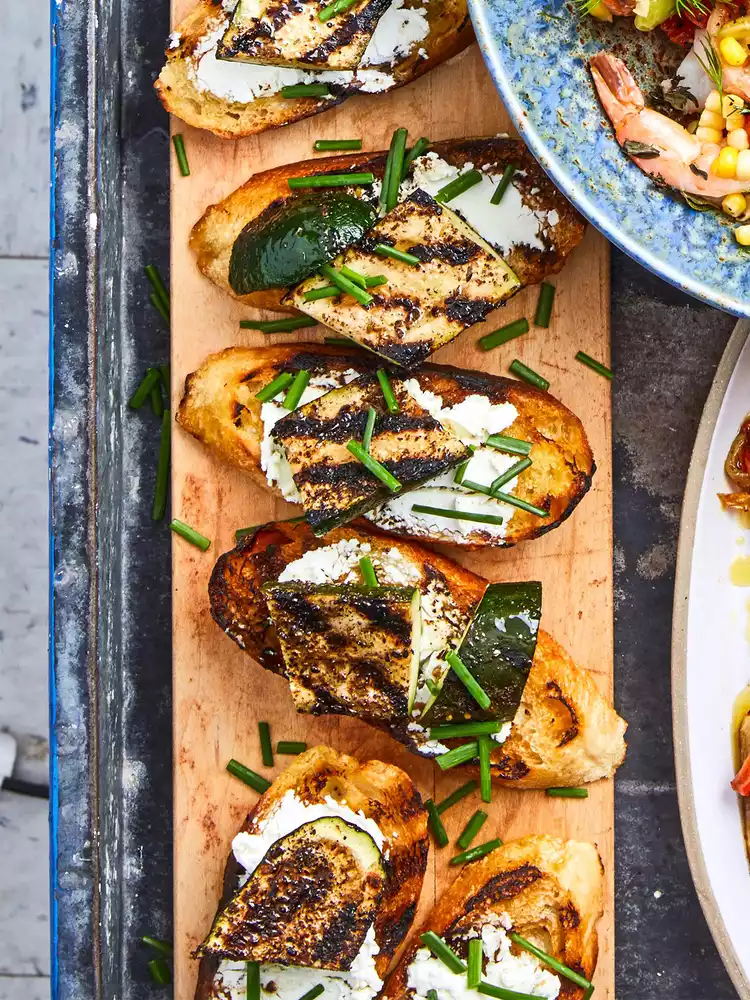
Grilled Zucchini and Goat Cheese Toasts
Put a bumper crop of zucchini to use in this fresh spin on a crostini appetizer recipe.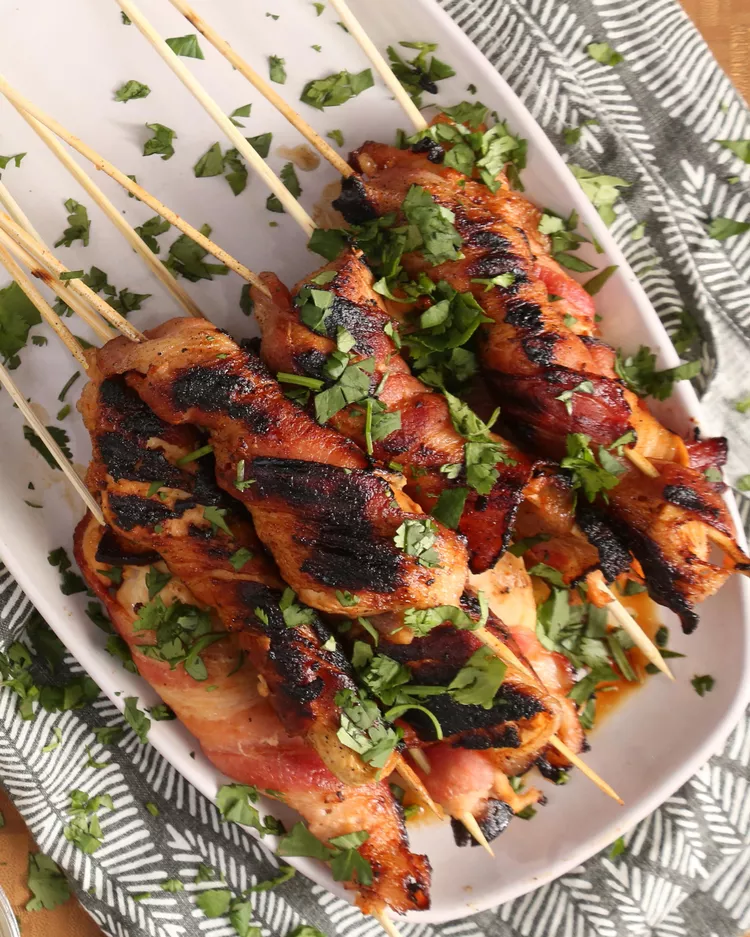
Hawaiian Bacon-Wrapped Chicken Tenders
A soy, ginger, and pinepple marinade and dipping sauce takes these bacon-wrapped chicken tenders on a trip to the tropical islands.
A Hearty Lunch Option: Shrimp and Rice Lettuce Wraps
A Hearty Lunch Option: Shrimp and Rice Lettuce Wraps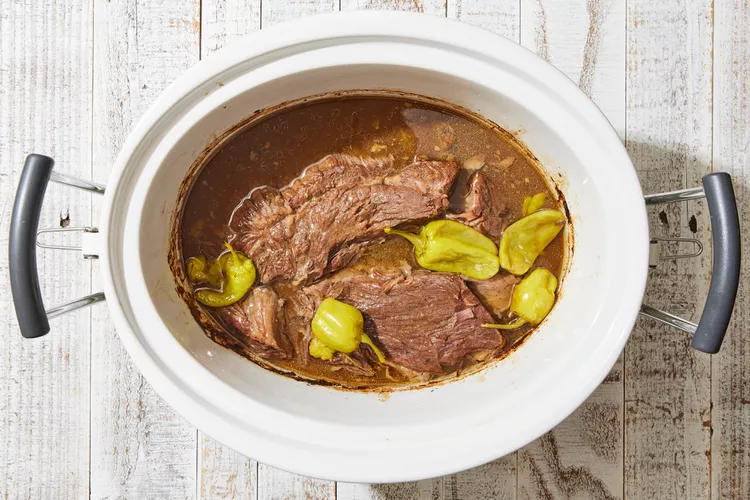
20 Tasty Slow Cooker Dump Meals to Make Busy Days Easier
Don't stress about dinner on busy days—try one of these slow cooker dump meals instead.
A Taste of Greece: Quinoa Salad Inspired by Horiatiki
A Taste of Greece: Quinoa Salad Inspired by Horiatiki